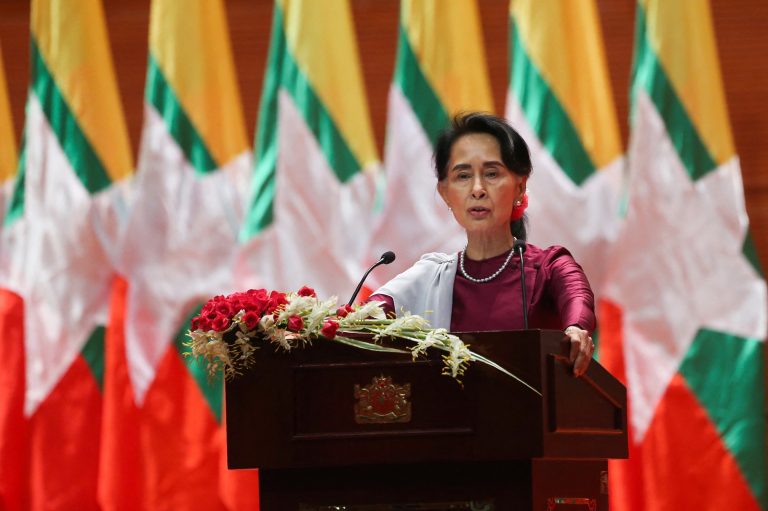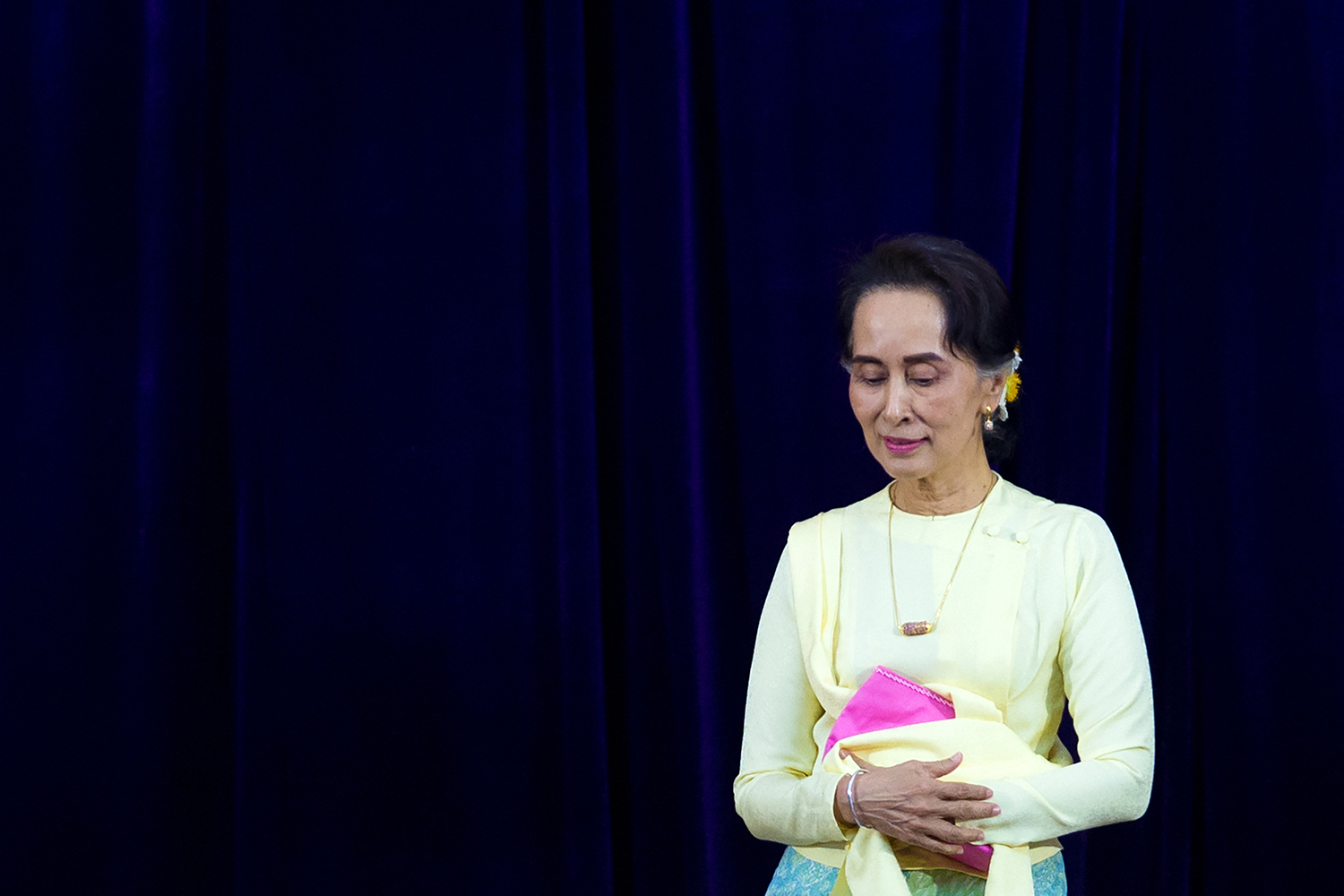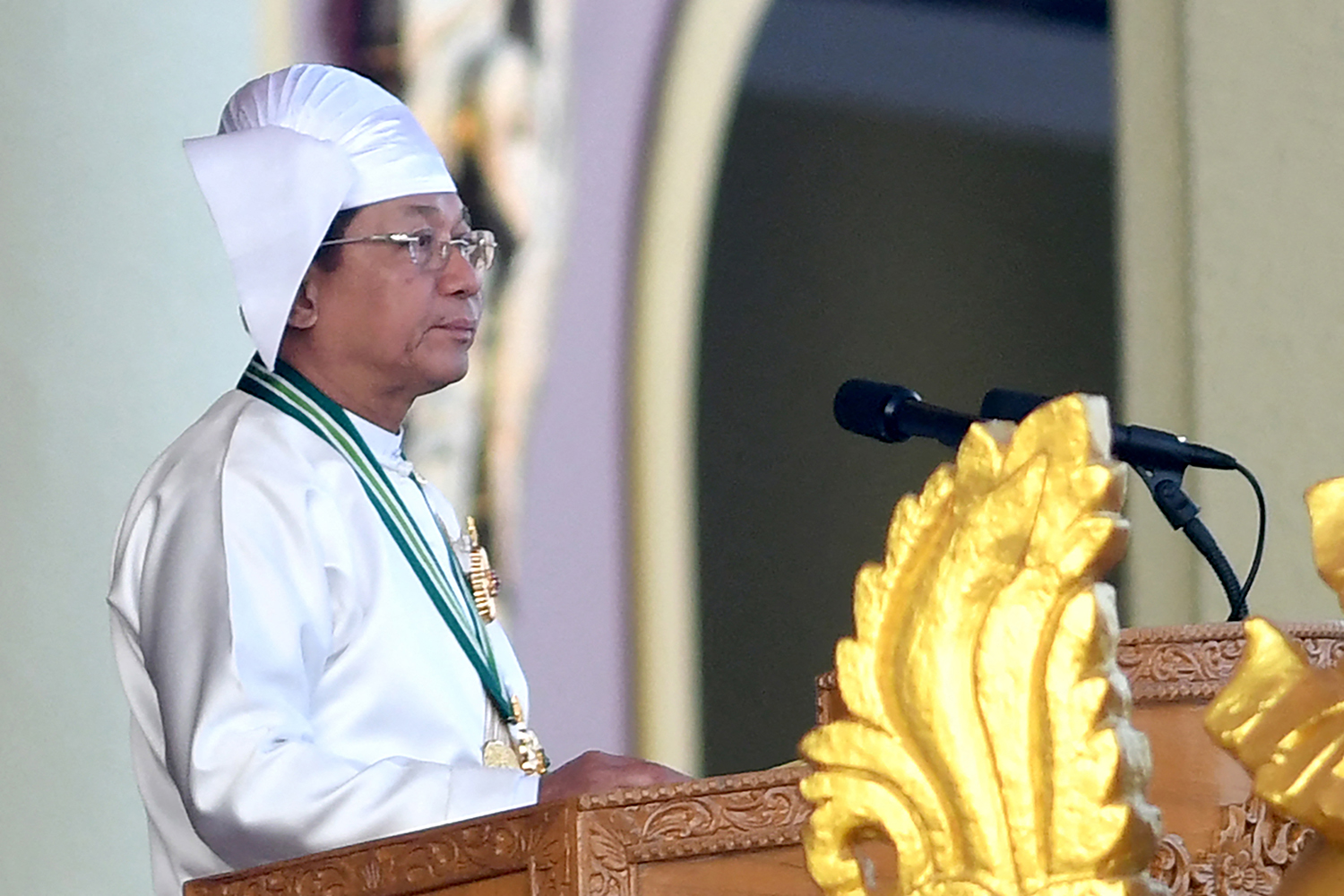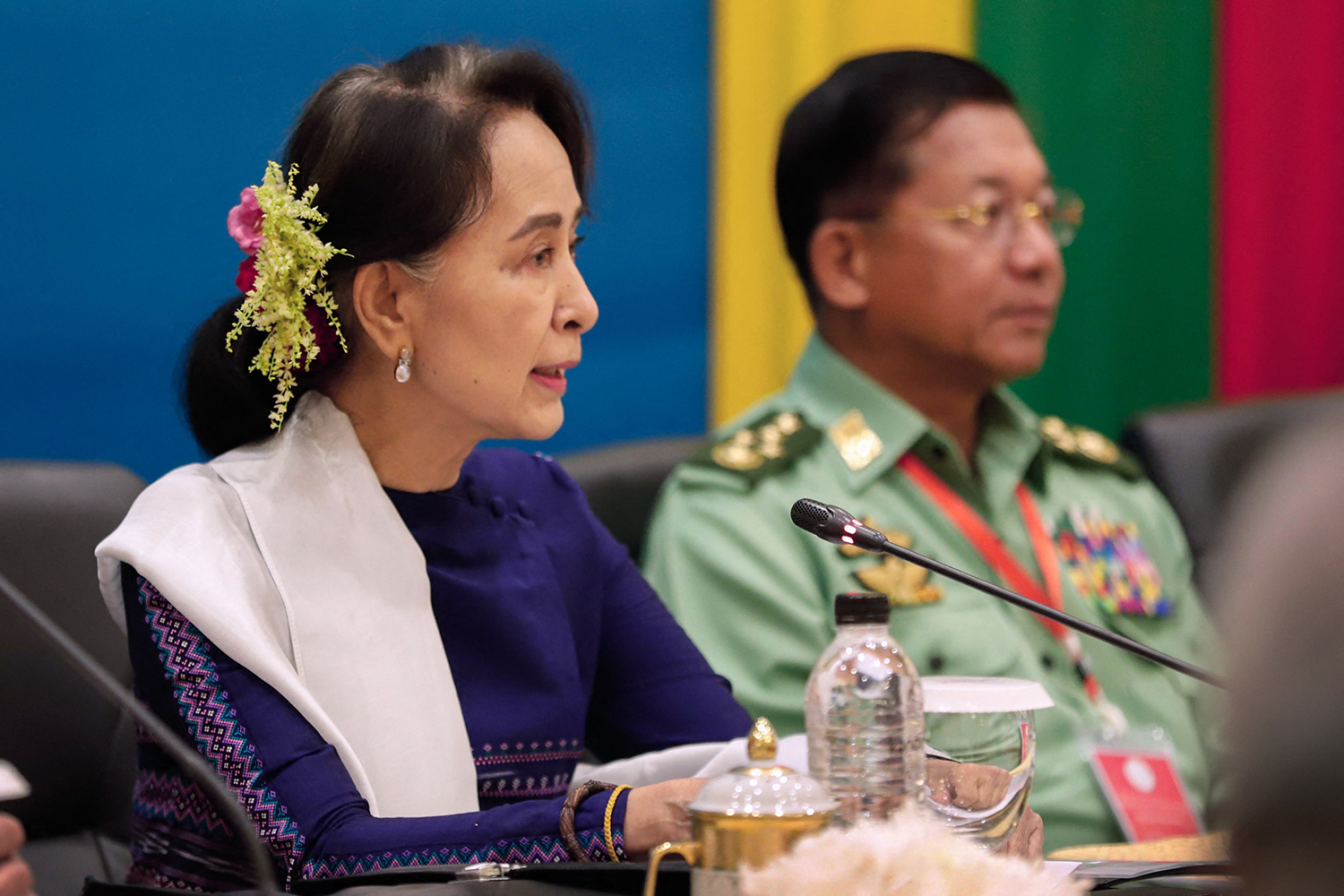By SEAN GLEESON | FRONTIER
YANGON — The head of the Asian Development Bank has expressed confidence in the new government’s capabilities to deal with Myanmar’s numerous economic challenges, while warning that it will take time for the country to experience the strong growth experienced by other regional economies in earlier decades.
ADB president Takehiko Nakao concluded a two-day visit to Myanmar on Wednesday after meetings with President U Htin Kyaw and de facto government leader Daw Aung San Suu Kyi in Nay Pyi Taw.
Nakao told reporters at a Wednesday press conference in Yangon that he and Suu Kyi had discussed at length the need for the development of power and road infrastructure along with the improvement of Myanmar’s education sector. The ADB is currently engaged in technical assistance projects in all three areas.
Speaking highly of the new government’s prospects, Nakao said the government would need to engage in long-term planning to ensure the benefits of economic growth were spread across the population.
Support more independent journalism like this. Sign up to be a Frontier member.
“I have a strong impression that this government, although it is new, has a very strong capacity for the future development of this country,” he said. “This is a very early stage for the government … This country needs some policy, strategy and planning to decide what kind of country it wants to be.”
Nakao added that Myanmar would need to consider its comparative advantages when considering its overall economic strategy, citing low labour costs and largely untapped avenues for increasing agricultural production.
The ADB also committed this week to raising sovereign concessional loans from US$150 million to $350 million from 2017.
Nakao cited the role low-interest lending played in stimulating earlier economic booms in Thailand, Vietnam and China, and said the bank expected to raise total concessional lending to both the public and private sector if coming projects were successfully implemented.
Noting that last year’s introduction of formal social and environmental impact assessment procedures would slow down some ADB project approvals, Nakao said the government needed to identify ways of reducing lead times for foreign investment.
“We need the capacity to speed up approvals without causing governance risks. There is no one simple solution,” he said.
The ADB ceased operations in Myanmar between 1988 and 2011 during the most recent era of military rule, returning in 2012. This week marked Nakao’s third visit to the country since 2014.
The bank forecasts GDP growth in Myanmar of above 8 percent for the next two years, following a 7.2 percent increase in 2015.







